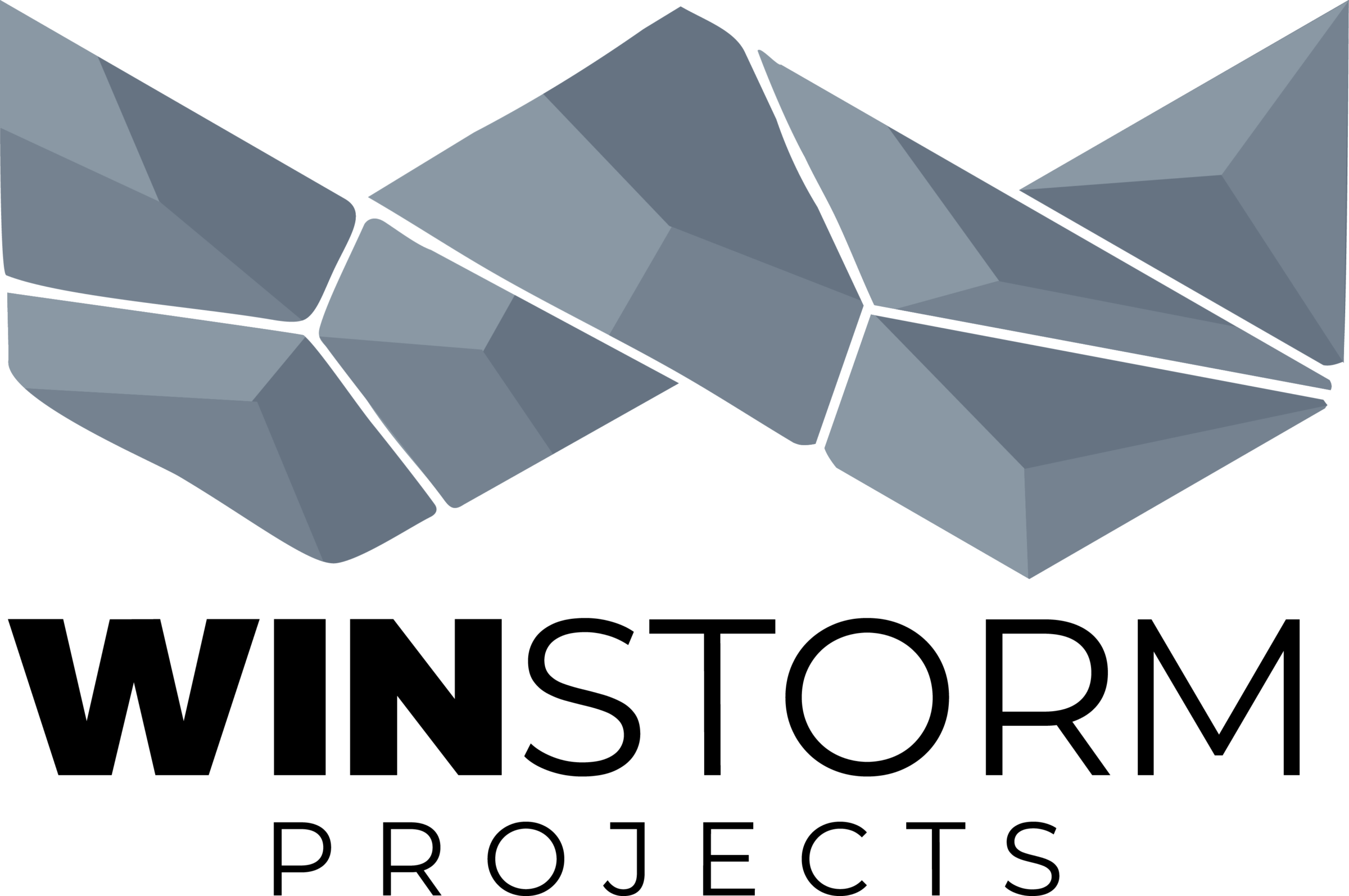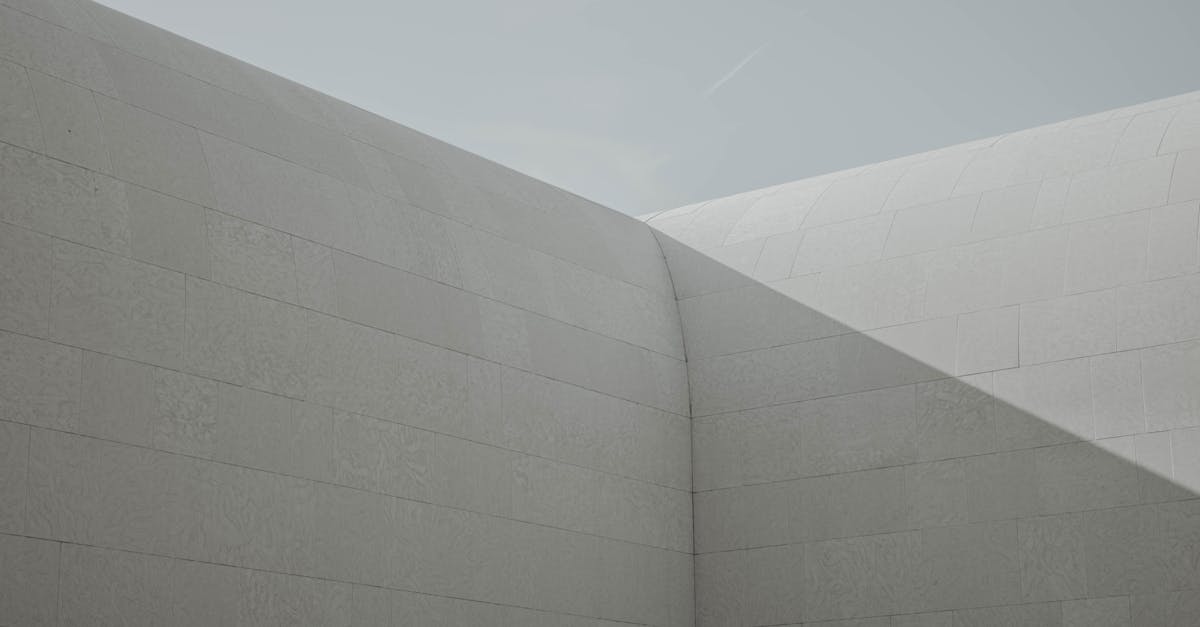Building a retaining wall on a slope is essential for maintaining soil stability and preventing erosion. In sloped yards, proper wall construction can transform your outdoor space while effectively managing drainage issues. Many homeowners face challenges in selecting the best materials and techniques for these projects.
In this guide, we’ll explore the key steps to create a durable retaining wall that not only enhances the world but also ensures long-lasting support. We’ll cover everything from material choices to drainage solutions, helping you make informed decisions for your sloped yard. Let’s get started on this rewarding journey to a more functional and beautiful outdoor area.
Overview of Building a Retaining Wall on a Slope
Building retaining walls on slopes involves addressing soil stability and drainage. These walls prevent erosion and create usable land. We design large retaining walls using concrete blocks, natural stone, or timber. Each material has unique benefits tailored to Ontario’s climate:
- Concrete Blocks: They’re durable and low maintenance.
- Natural Stone: This option provides an aesthetic appeal, ideal for luxury homes.
- Timber: Timber offers an affordable choice, suitable for residential properties.
Proper drainage installation is essential for retaining walls with drainage systems. This ensures water flows away from the wall, reducing pressure and preventing failure. Retaining walls for sloped properties also enhance landscaping.
For homeowners seeking Guelph retaining wall services or Kitchener retaining wall services, exploring options tailored to slopes is vital. Understanding drainage solutions for retaining walls helps DIY enthusiasts and professionals alike create effective structures that last.
Choosing the Best Retaining Wall for a Sloped Yard
Selecting the right retaining wall for slopes requires understanding the options available. We consider durability, aesthetics, and drainage solutions when making our choice.
Gravity Retaining Walls
Gravity retaining walls suit small to medium slopes. They rely on their weight to resist soil pressure. Common materials include stone retaining walls and concrete blocks. These options provide stability while enhancing the world’s appearance.
Reinforced Retaining Walls
Reinforced retaining walls excel in steep slopes needing extra support. They use reinforced soil walls or geogrid reinforcement for added durability. These designs prevent potential failures caused by shifting soil and ensure long-lasting performance. Not sure which retaining wall is best for your property? Winstorm Projects offers free consultations to assist homeowners in choosing the right retaining wall design.
Cantilever Retaining Walls
Cantilever retaining walls work well for large-scale projects or commercial properties. They provide long-term stability and require professional engineering for proper construction. With their design, they maximise strength while minimising materials used. Not sure which retaining wall is best for your property? Winstorm Projects offers free consultations to help homeowners choose the right retaining wall design.
Construction Steps

Outline key steps for constructing retaining walls on slopes. Each step ensures effective performance and aesthetic appeal for outdoor spaces.
Preparing the Site
Assess soil type and slope angle before starting construction. Identifying these factors helps us understand the challenges. Choices include DIY projects or hiring professional contractors, especially for large retaining walls. Knowing our options ensures optimal results for retaining walls for sloped properties.
Building Techniques
Begin with excavation to create a proper foundation. Digging deep enough guarantees stability. After preparing the site, we add a gravel base, improving water drainage through the retaining wall drainage installation. Efficient drainage solutions for retaining walls prevent water buildup, safeguarding against erosion and structural failure. Finally, we install a drainage system to ensure effective water management, vital for successful landscaping and minimal maintenance.
Importance of drain pipes & weep holes to prevent water buildup
Proper drainage solutions for retaining walls significantly impact the stability and longevity of our structures. Incorporate drain pipes and weep holes to manage water effectively, preventing buildup behind the wall.
Building the Retaining Wall
We layer and compact materials during construction for long-term durability. Using geogrid reinforcement enhances structural strength, especially for retaining walls on slopes. Our approach ensures that water from rain flows away, reducing the risk of wall failure due to excessive pressure.
Finishing Touches & Landscaping
Backfill the wall with proper materials, offering necessary support. Adding landscaping features, such as flower beds or decorative elements, elevates the visual appeal of retaining walls for sloped properties. These enhancements not only improve aesthetics but also aid in drainage management, guiding water away from the structure.
Maintenance Tips
We inspect drainage outlets regularly to prevent blockages that can lead to water damage. Inspecting for cracks or shifts due to ground movement helps maintain structural integrity.
- Monitor wall condition: Check for signs of erosion or wear on retaining walls on slopes.
- Evaluate drainage solutions: Ensure retaining wall drainage installation is effective in directing water away from walls.
- Keep vegetation clear: Trim plants near retaining walls to prevent root growth that could compromise structure.
- Install weep holes: Regularly check weep holes in large retaining walls to maintain proper water flow.
- Schedule regular assessments: Plan maintenance with Guelph retaining wall services or Kitchener retaining wall services for professional support.
Following these steps reinforces our commitment to durability in retaining walls for sloped properties.
Conclusion
A well-constructed retaining wall on a slope enhances both functionality and aesthetics, preventing erosion and ensuring long-term stability. Choosing the right materials, integrating proper drainage solutions, and following essential construction steps will result in a durable and effective solution. Regular maintenance, including monitoring drainage outlets and inspecting for structural shifts, will help extend the lifespan of your retaining wall. If you’re planning a project in Guelph, Kitchener, or nearby areas, Winstorm offers expert services to guide you through every step, ensuring a lasting and high-quality installation.
Frequently Asked Questions
What is the best material for a sloped retaining wall?
Concrete blocks offer strength and durability, making them ideal for steep slopes. Natural stone provides a premium look but requires expert installation. Timber is affordable but less durable. For steep slopes, reinforced concrete or stone with proper drainage is best.
How much does a retaining wall installation cost in Guelph/Kitchener?
Costs vary by material and size. Concrete block walls range from $25 – $45/sq. ft., stone walls $30 – $60/sq. ft., timber walls $20 – $40/sq. ft., and poured concrete $40 – $80/sq. ft. A 50 ft. x 4 ft. wall typically costs $4,000 – $10,000.
DIY vs. Professional Retaining Wall Installation
DIY is fine for small walls but requires knowledge of drainage and stability. Professional installation ensures long-term durability and prevents costly mistakes. Winstorm Projects offers expert solutions for secure, lasting walls.
Do retaining walls need drainage?
Yes, without drainage, water buildup can cause failure. Gravel backfill, weep holes, and drainage pipes help prevent pressure damage.
How do I fix a failing retaining wall?
Leaning walls may need anchors or rebuilding. Cracks should be sealed, and drainage issues resolved with weep holes or French drains. Winstorm Projects provides expert repairs.
Can you install a retaining wall in winter?
Yes, but extra steps like thawing the ground and curing concrete properly are needed

